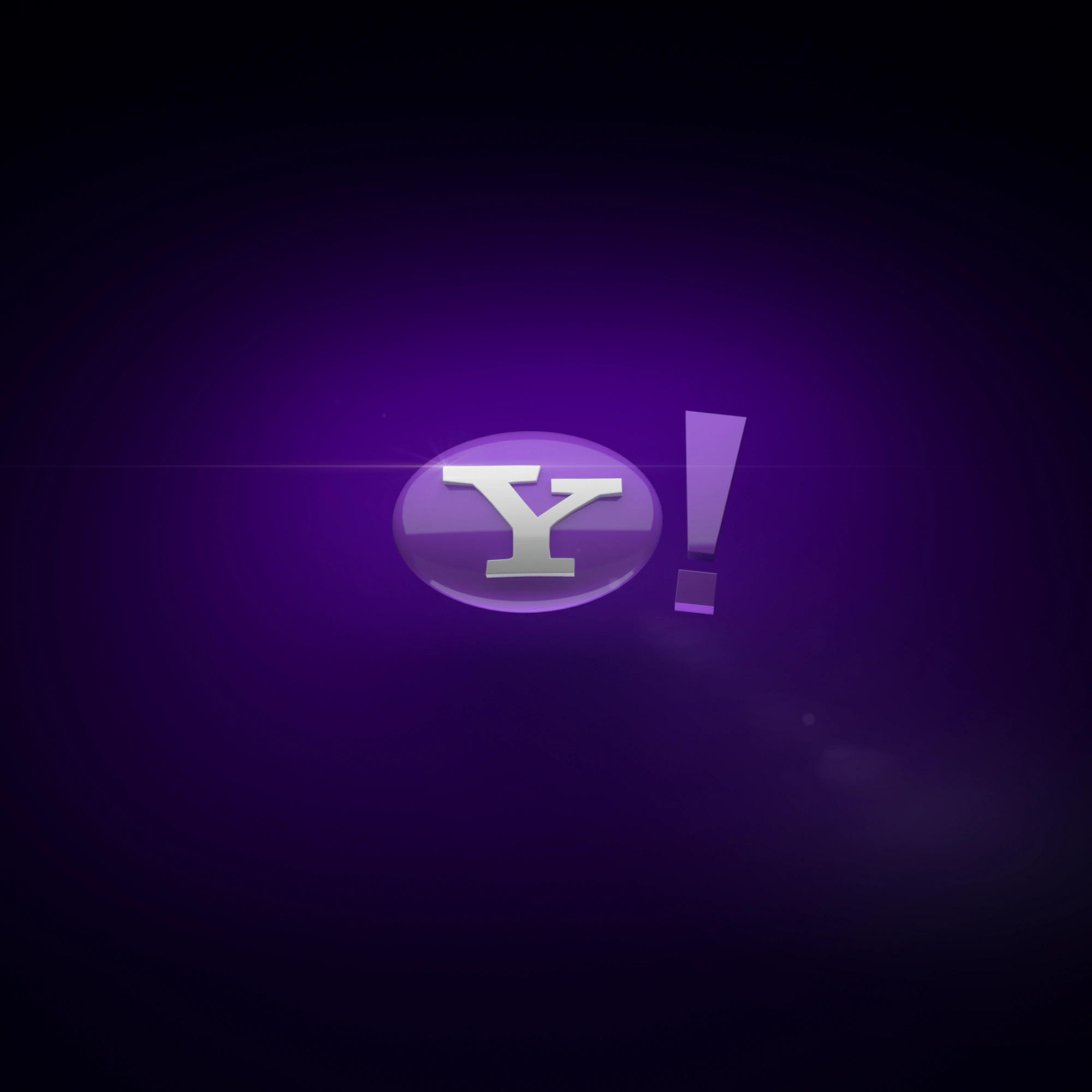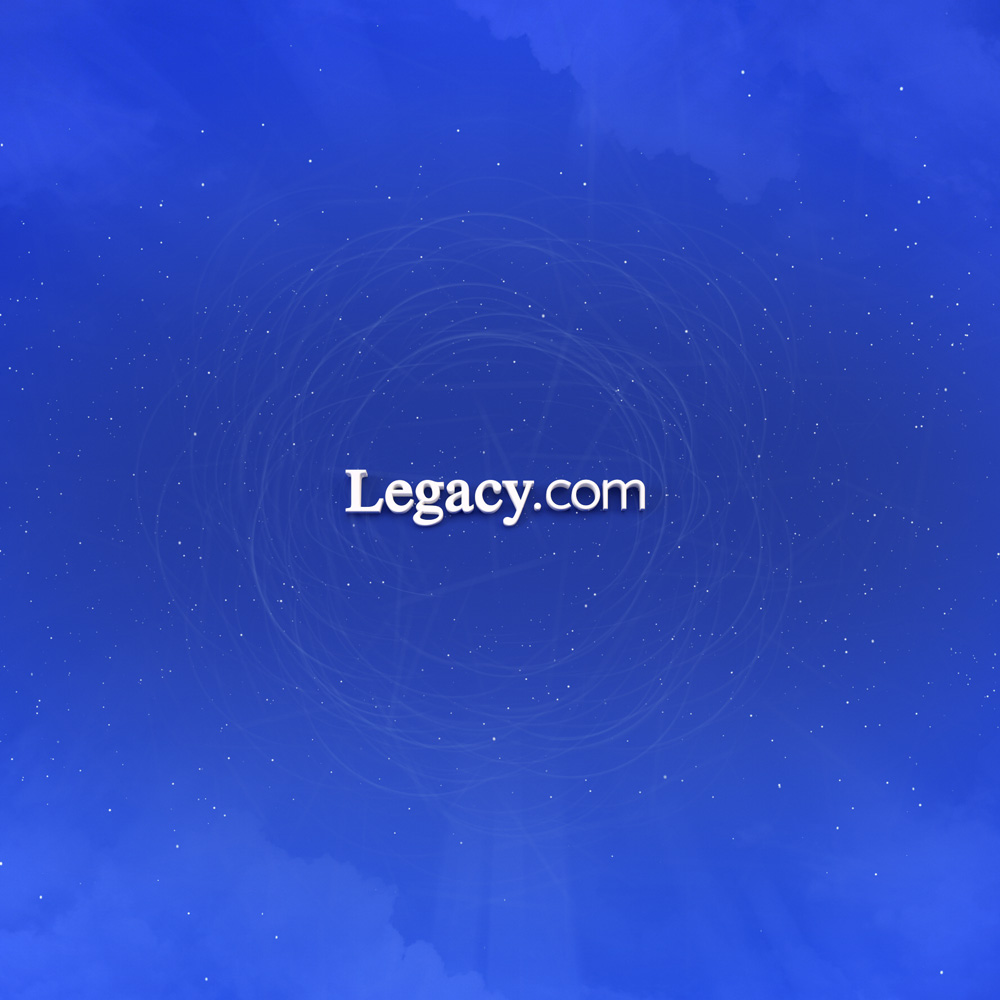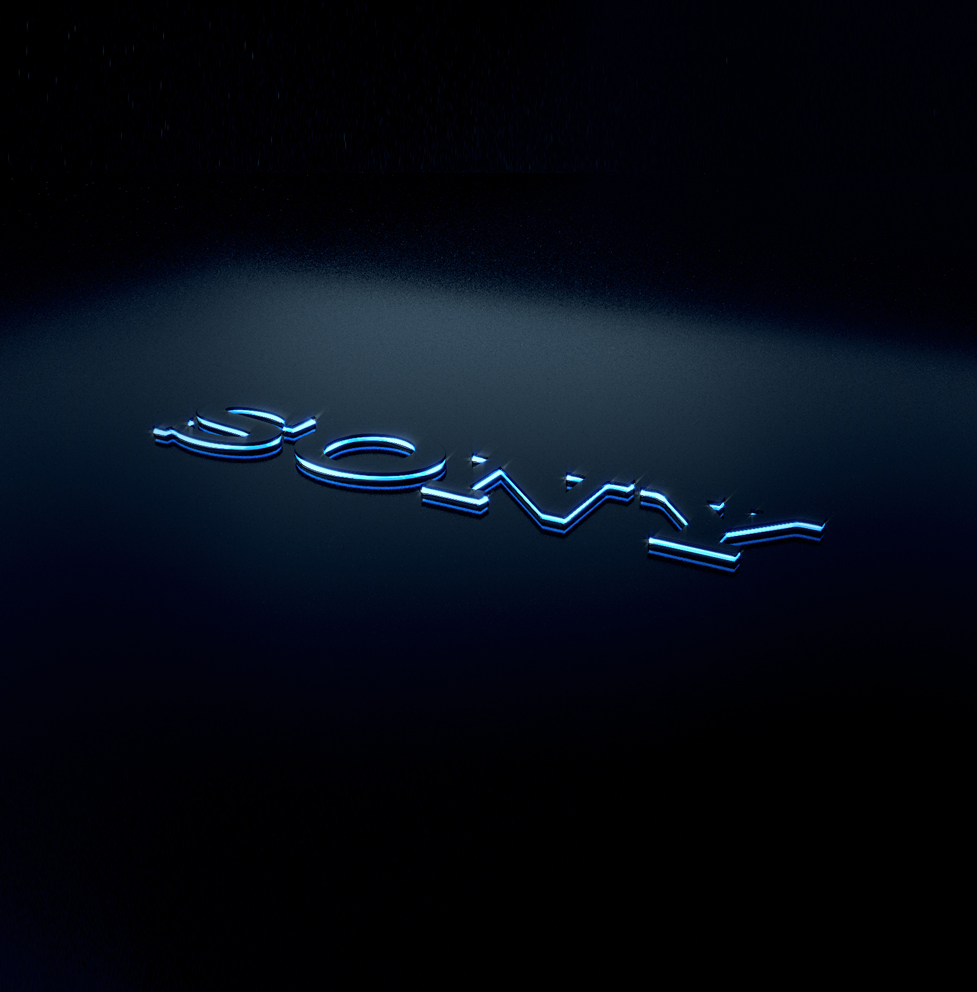Reimagining Yahoo!: A Journey of Innovation, Design, and Transformation
Y
ahoo!, a pioneer in the internet space, has always been synonymous with large-scale data aggregation, utility services, and original content. As the sixth most visited website globally, Yahoo’s! influence in the digital world is undeniable. But the journey to becoming a global leader in web services was not without its challenges. It required constant innovation, a deep understanding of user needs, and a commitment to pushing the boundaries of design and technology. My time at Yahoo was marked by these very principles, and I played a crucial role in shaping the company’s future through the concept, design, and deployment of global interaction patterns, the launch of new content verticals, and the establishment of user-centered design practices.
Revitalizing Yahoo's! Media Sites: A New Era of Interaction Patterns
 When I joined Yahoo!, the company was at a crossroads. The media landscape was rapidly evolving, and Yahoo’s vast portfolio of sites needed a refresh to stay relevant and competitive. My mission was clear: to breathe new life into Yahoo’s! media sites by creating a set of global interaction patterns that would not only enhance the user experience but also streamline the development process across the entire platform.
When I joined Yahoo!, the company was at a crossroads. The media landscape was rapidly evolving, and Yahoo’s vast portfolio of sites needed a refresh to stay relevant and competitive. My mission was clear: to breathe new life into Yahoo’s! media sites by creating a set of global interaction patterns that would not only enhance the user experience but also streamline the development process across the entire platform.
I began by conducting extensive research into user behavior and preferences. Understanding how users interacted with Yahoo’s! existing sites was crucial to identifying pain points and areas for improvement. I led a team of designers and developers in analyzing data, conducting user interviews, and running usability tests. This research formed the foundation for the design and development of the new interaction patterns.
The global interaction patterns we developed were nothing short of revolutionary. By standardizing elements such as navigation, content presentation, and user interface components, we were able to create a cohesive and intuitive user experience across all of Yahoo’s! media sites. This consistency not only made it easier for users to navigate the sites but also allowed for rapid development and deployment of new features and updates.
One of the key components of this redesign was the introduction of a suite of global navigation patterns. These patterns were rigorously user-tested to ensure they provided a seamless and intuitive experience. The result was a unified navigation system that enhanced usability and user engagement across the entire platform. Other patterns we developed included global footers, content carousels, slideshow modules, inline page tools, a global commenting system, and a global video player. Each of these patterns was designed with the user in mind, ensuring that they were easy to use and provided a consistent experience across all Yahoo sites.
The impact of these changes was immediate and profound. User engagement across Yahoo’s! media sites increased significantly, and the company saw a boost in both user retention and advertising revenue. The rebirth of Yahoo’s media sites was a testament to the power of user-centered design and the importance of a cohesive user experience.
Launching New Yahoo! Verticals: A New Frontier for Content
As we revitalized Yahoo’s! existing media sites, it became clear that there was an opportunity to expand the company’s content offerings. Yahoo had long been a leader in news, sports, and entertainment, but there was potential to reach new audiences and explore new content verticals. I spearheaded the research, design, and development of several new Yahoo verticals, including Yahoo! Food, Yahoo! Lifestyles, and Yahoo! OMG.
The launch of these new verticals was a bold move for Yahoo!, and it required a deep understanding of user needs and preferences. We conducted extensive market research to identify gaps in the existing content landscape and to understand what users were looking for in new content experiences. This research informed every aspect of the design and development process, from the overall look and feel of the sites to the specific features and functionality that would be included.
Yahoo! Food, for example, was designed to be more than just a recipe site. We wanted to create a comprehensive food experience that would appeal to a wide range of users, from novice cooks to seasoned chefs. The site featured a combination of original content, user-generated content, and curated content from top food bloggers and publications. We also integrated social features, allowing users to share their favorite recipes and cooking tips with their friends and family.
Yahoo! Lifestyles took a similar approach, offering a mix of original and curated content on topics such as fashion, beauty, health, and wellness. The site was designed to be visually appealing and easy to navigate, with a focus on providing users with practical tips and inspiration for living their best lives.
Yahoo! OMG was a departure from the more traditional content offerings at Yahoo, focusing on celebrity news and gossip. The site was designed to be fast-paced and engaging, with a mix of breaking news, exclusive interviews, and user-generated content. We also integrated social features, allowing users to share their favorite stories and interact with other fans.
The launch of these new verticals was a resounding success. Each of the sites quickly gained a loyal following, and they became key drivers of traffic and revenue for Yahoo!. The success of these verticals also demonstrated the power of user-centered design and the importance of understanding and meeting the needs of your audience.
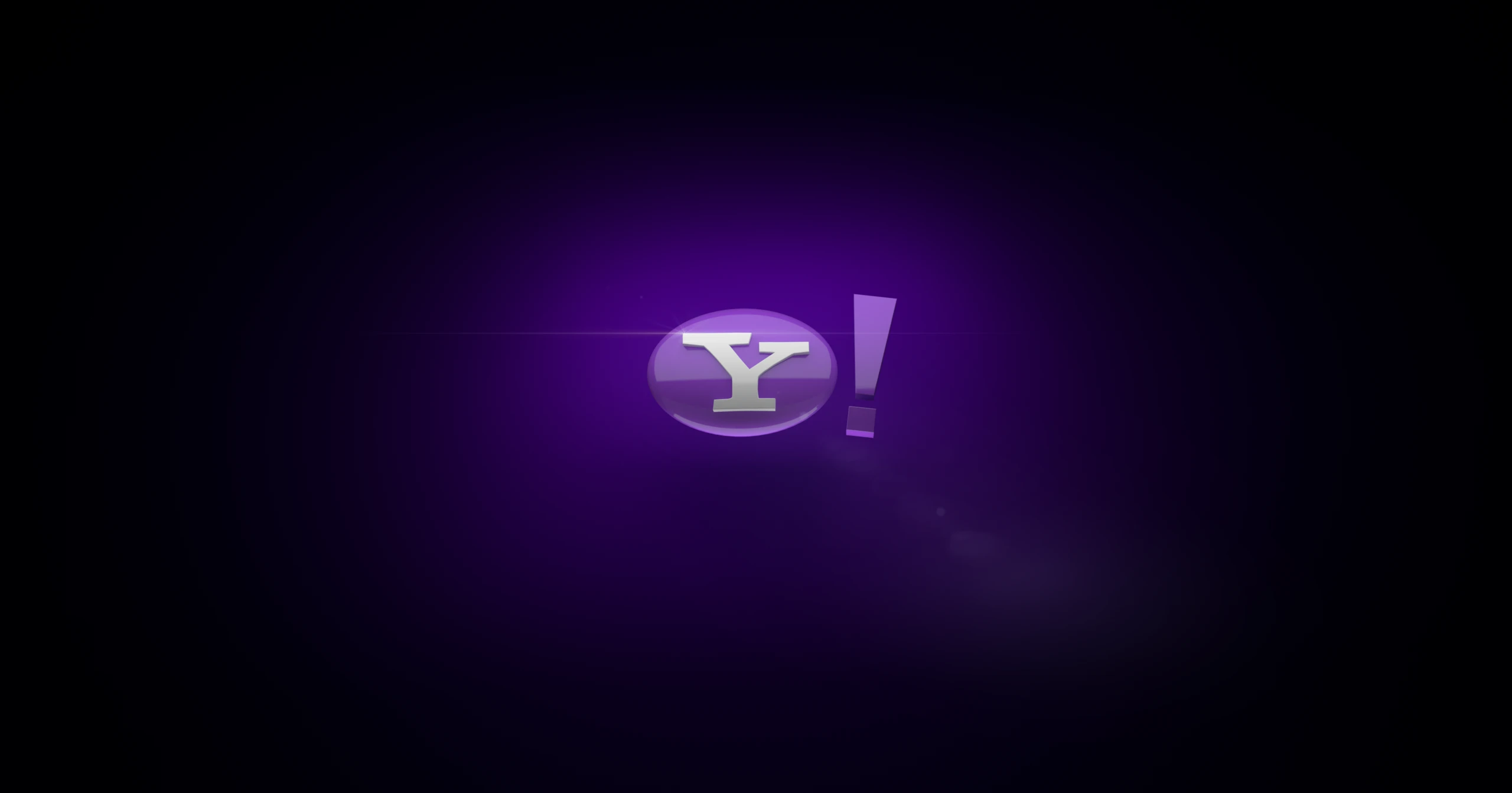
Growing Yahoo’s! Design Organization: A Culture of Innovation
As Yahoo’s! content offerings expanded and the company’s media sites were revitalized, it became clear that there was a need to grow and evolve the design organization. When I joined Yahoo!, the design team consisted of just seven core members. While small, this team was incredibly talented and dedicated, and they were instrumental in the success of the projects I led. However, as the scope of our work expanded, it became clear that we needed to scale up the design organization to meet the growing demands of the company.
I was instrumental in growing the design team from seven core members to 60, transforming it into a powerhouse of innovation and creativity. This growth was not just about adding more people to the team; it was about building a culture of innovation and collaboration that would enable us to tackle the complex challenges we faced.
One of the first steps we took was to establish user-centered design practices within the organization. This involved creating a framework for how we would approach design projects, from initial research and ideation to prototyping and testing. We implemented rigorous user testing and feedback loops to ensure that our designs were meeting the needs of our users and solving real problems.
I also worked to foster a culture of collaboration within the design team and across the organization. We held regular design reviews and workshops, bringing together designers, developers, product managers, and other stakeholders to brainstorm ideas, share feedback, and iterate on designs. This collaborative approach was key to our success, allowing us to quickly identify and address any issues and ensuring that our designs were aligned with the goals of the business.
As the design organization grew, so did our impact on the company. We became a driving force behind many of Yahoo’s! most successful projects, from the redesign of the media sites to the launch of new content verticals. Our work was recognized both within the company and by the broader design community, earning numerous awards and accolades.
Founding the YUI Library: Pioneering Open Source Development
 One of the most significant contributions I made to Yahoo! during my tenure was as a founding member of the YUI Library, the first patterns-based public development library ever. The YUI Library was a groundbreaking project that revolutionized the way developers approached web development, providing a set of tools and resources that made it easier to create high-quality, interactive web applications.
One of the most significant contributions I made to Yahoo! during my tenure was as a founding member of the YUI Library, the first patterns-based public development library ever. The YUI Library was a groundbreaking project that revolutionized the way developers approached web development, providing a set of tools and resources that made it easier to create high-quality, interactive web applications.
The idea for the YUI Library was born out of a need for a standardized set of tools and components that could be used across Yahoo’s many web properties. At the time, each team within Yahoo was developing their own solutions to common problems, leading to inconsistencies in the user experience and a lot of duplicated effort. We saw an opportunity to streamline the development process by creating a library of reusable components that could be used across the company.
The YUI Library was more than just a collection of code; it was a philosophy of development. We focused on creating patterns and best practices that would guide developers in building user-friendly, accessible, and high-performance web applications. We also made the library open source, making it available to developers outside of Yahoo and contributing to the broader web development community.
The impact of the YUI Library was profound. It quickly became one of the most popular JavaScript libraries in the world, used by thousands of developers and adopted by many leading companies. It also set the standard for patterns-based development, influencing the way that web applications are built to this day.
The success of the YUI Library was a testament to the power of collaboration and open source development. It demonstrated that by working together and sharing our knowledge and resources, we could create something far greater than the sum of its parts. The YUI Library became a cornerstone of Yahoo’s! development process, and it played a key role in the success of many of the projects I led.
Revolutionizing Yahoo! Games: A New Paradigm for Interactive Entertainment
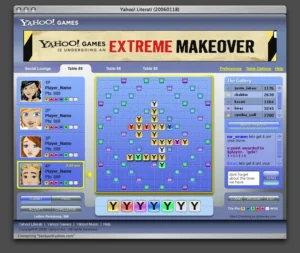 One of the most exciting projects I worked on at Yahoo was the redesign and development of a foundational game brick that revolutionized the Yahoo! Games library. The goal of this project was to create a reusable game framework that would provide a consistent user experience across multiple titles, making it easier for players to understand and engage with any game in the Yahoo! portfolio.
One of the most exciting projects I worked on at Yahoo was the redesign and development of a foundational game brick that revolutionized the Yahoo! Games library. The goal of this project was to create a reusable game framework that would provide a consistent user experience across multiple titles, making it easier for players to understand and engage with any game in the Yahoo! portfolio.
The first step in this project was to conduct a thorough analysis of the existing games in the Yahoo! Games library. We looked at what was working well and where there were opportunities for improvement. We also conducted user research to understand how players were interacting with the games and what they were looking for in a gaming experience.
Based on this research, we developed a new game framework that standardized the game interface and mechanics across all titles. This framework was designed to be flexible and scalable, allowing us to quickly and easily adapt it to different types of games. We also built in features like game lobbies, friend integrations, community gameplay, high scores, in-game chat, and customizable game options to enhance the overall gaming experience.
The first two games to benefit from this innovative approach were Literati and Chess, both of which I oversaw from concept to launch. These games were enriched with the new features and were met with great success. The introduction of this new paradigm led to a substantial increase in player retention and a notable boost in advertising revenue, demonstrating the effectiveness of our design and development strategy.
The success of the game brick project was a major milestone for Yahoo! Games and set the stage for future innovations in the gaming space. It also reinforced the importance of user-centered design and the value of creating a consistent and intuitive user experience across all products.
Branding and Motion Design: Enhancing the User Experience
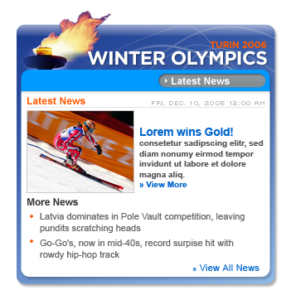 In addition to my work on the media sites, verticals, and games, I also had the opportunity to work on several branding and motion design projects that enhanced the overall user experience at Yahoo!. One of the most notable projects was the branding for Richard Bangs Adventures on Yahoo!, a broadcast series that combined travel, adventure, and storytelling.
In addition to my work on the media sites, verticals, and games, I also had the opportunity to work on several branding and motion design projects that enhanced the overall user experience at Yahoo!. One of the most notable projects was the branding for Richard Bangs Adventures on Yahoo!, a broadcast series that combined travel, adventure, and storytelling.
My role in this project was to design and produce the original branding for the series, including the creation of 3D animated logos, lower-thirds, and branded video transitions. The goal was to create a cohesive visual identity that would enhance the storytelling experience and make the series more engaging for viewers.
To achieve this, I developed a series of animation techniques that had never been used at Yahoo! prior to my tenure. These techniques were incorporated into various products and services, enhancing the overall user experience through the use of motion design. The success of the Richard Bangs Adventures project demonstrated the power of branding and motion design in creating a memorable and engaging user experience.
In addition to branding and motion design, I also played a key role in promoting the power of prototyping within the organization. I designed and developed high-fidelity, near-production-grade interactive experiences that were used for sales, fundraising, and user testing before being integrated into engineering efforts. These prototypes were instrumental in gaining buy-in from stakeholders and ensuring that our designs were aligned with the goals of the business.
The success of these prototypes demonstrated the value of prototyping as a tool for innovation and iteration. By testing and refining our designs before they were fully developed, we were able to identify and address potential issues early in the process, saving time and resources and ensuring that our final products were of the highest quality.
Intellectual Property and Patents: Driving Innovation at Yahoo!
 Throughout my time at Yahoo!, I was committed to driving innovation and pushing the boundaries of what was possible in web design and development. This commitment to innovation resulted in the development of unique intellectual property for the company, including breakthrough applications, testing techniques, and patents.
Throughout my time at Yahoo!, I was committed to driving innovation and pushing the boundaries of what was possible in web design and development. This commitment to innovation resulted in the development of unique intellectual property for the company, including breakthrough applications, testing techniques, and patents.
One of the key areas where I was able to make a significant impact was in the development of new testing techniques. These techniques allowed us to conduct more rigorous and accurate user testing, ensuring that our designs were meeting the needs of our users and solving real problems. This focus on testing and iteration was a key component of our user-centered design practices and played a crucial role in the success of many of the projects I led.
In addition to testing techniques, I also developed several breakthrough applications that set new standards in the industry. These applications were designed to address specific challenges that we faced in the design and development process, and they provided new and innovative solutions that had a lasting impact on the company.
The patents that resulted from this work were a testament to the innovation and creativity of the teams I led at Yahoo!. These patents not only protected our intellectual property but also demonstrated Yahoo’s! commitment to pushing the boundaries of what was possible in web design and development.
A Legacy of Innovation and Impact
My time at Yahoo! was marked by a relentless pursuit of innovation and a commitment to creating the best possible user experiences. From revitalizing Yahoo’s! media sites to launching new content verticals, from pioneering the YUI Library to revolutionizing Yahoo! Games, and from branding and motion design to developing unique intellectual property, the work I did at Yahoo! had a lasting impact on the company and the broader digital landscape.
The success of these projects was not just about the work I did, but about the incredible teams I had the privilege of leading and working with. Together, we were able to push the boundaries of what was possible and create products and experiences that delighted users and drove business success.
As I look back on my time at Yahoo!, I am proud of the work we did and the impact we had. The lessons I learned and the experiences I gained have shaped my approach to design and innovation and continue to influence the work I do today. The legacy of the projects we completed at Yahoo lives on, not just in the products and services we created, but in the patterns, practices, and principles that continue to guide the digital landscape.
